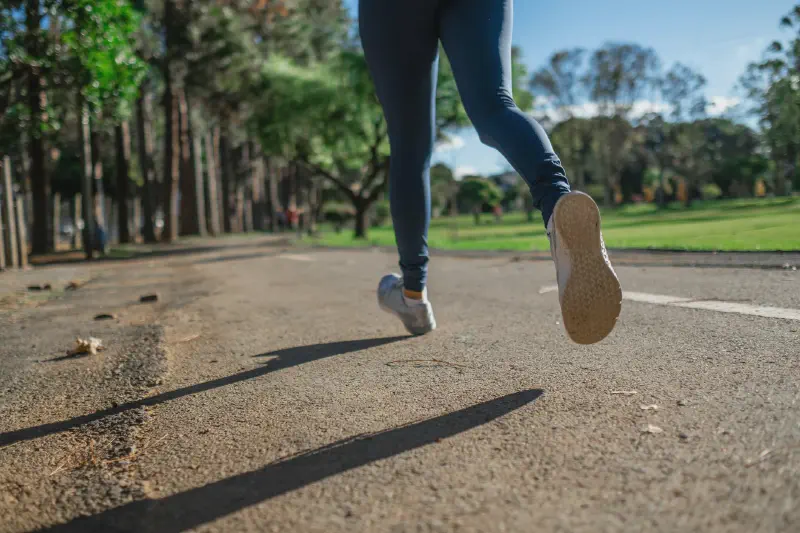Foot Strike, Pronation, and Stride Length: Mastering Your Running Gait
Introduction
Every runner strives for an efficient, injury-free, and high-performance running gait. Understanding the key components of a proper running gait is crucial for achieving these goals. This article delves into the three essential elements: foot strike, pronation, and stride length. By mastering these components, you can optimize your running technique and unlock your full potential.
Foot Strike
Foot strike refers to the initial contact your foot makes with the ground during running. There are three main types of foot strike: forefoot, midfoot, and heel. Each type has its advantages and disadvantages:
- Forefoot strike: The ball of the foot lands first, providing a more natural and efficient stride. It reduces impact on the knees and ankles but requires stronger calf muscles.
- Midfoot strike: The outer edge of the foot lands first, offering a balance between impact absorption and propulsion. It’s suitable for most runners and provides stability on uneven surfaces.
- Heel strike: The heel lands first, creating a braking effect that can increase impact on the joints. It’s less efficient but can be beneficial for runners with weak calf muscles or on downhill runs.
Your biomechanics, running surface, and speed influence your natural foot strike. To determine your foot strike, observe your feet while running on a treadmill or record yourself with a camera.
Pronation
Pronation is the inward rolling motion of the foot as it absorbs impact during running. There are three types of pronation:
- Overpronation: Excessive inward rolling, leading to flat feet and potential injuries.
- Neutral: Optimal pronation, providing shock absorption and stability without excessive inward or outward rolling.
- Underpronation: Insufficient inward rolling, resulting in high-arched feet and reduced shock absorption.
Proper pronation is essential for stability and injury prevention. To assess your pronation, perform a barefoot test or consult a running expert for a video analysis. Understanding your pronation type will help you choose the right running shoes to support your feet.
Stride Length
Stride length refers to the distance between two consecutive foot strikes. The optimal stride length varies depending on your height, speed, and fitness level. A longer stride length can increase speed, while a shorter stride length can improve efficiency and reduce impact.
To measure your stride length, count the number of steps you take in a minute and multiply by your stride length (measured in meters). You can adjust your stride length by increasing or decreasing your cadence (steps per minute). Optimizing your stride length can enhance efficiency, speed, and reduce impact on your joints.
Interplay of Foot Strike, Pronation, and Stride Length
These components interact to create an efficient and effective running gait. A forefoot strike with neutral pronation and an optimal stride length is generally considered the most efficient and injury-preventive combination. However, individual biomechanics and goals may require adjustments.
Common gait abnormalities, such as excessive overpronation or an overly long stride length, can compromise efficiency and increase the risk of injuries. Addressing these issues through drills, exercises, or coaching can significantly improve your running form.
Running Form Analysis and Improvement
Regular running form analysis is crucial for identifying areas for improvement. You can use video, motion capture, or running apps to analyze your form. Common form errors include excessive vertical oscillation, arm swing inefficiencies, and improper foot placement.
Correcting these errors can enhance your running gait, reduce energy expenditure, and minimize the risk of injuries. A qualified coach or running expert can guide you through form analysis and provide personalized recommendations for improvement.
Conclusion
Mastering foot strike, pronation, and stride length is essential for a proper running gait. By understanding these components and tailoring them to your individual biomechanics and goals, you can optimize your running technique for efficiency, performance, and longevity. Ongoing evaluation and adjustment of your running form will ensure you continue to reap the benefits of a well-executed gait.
